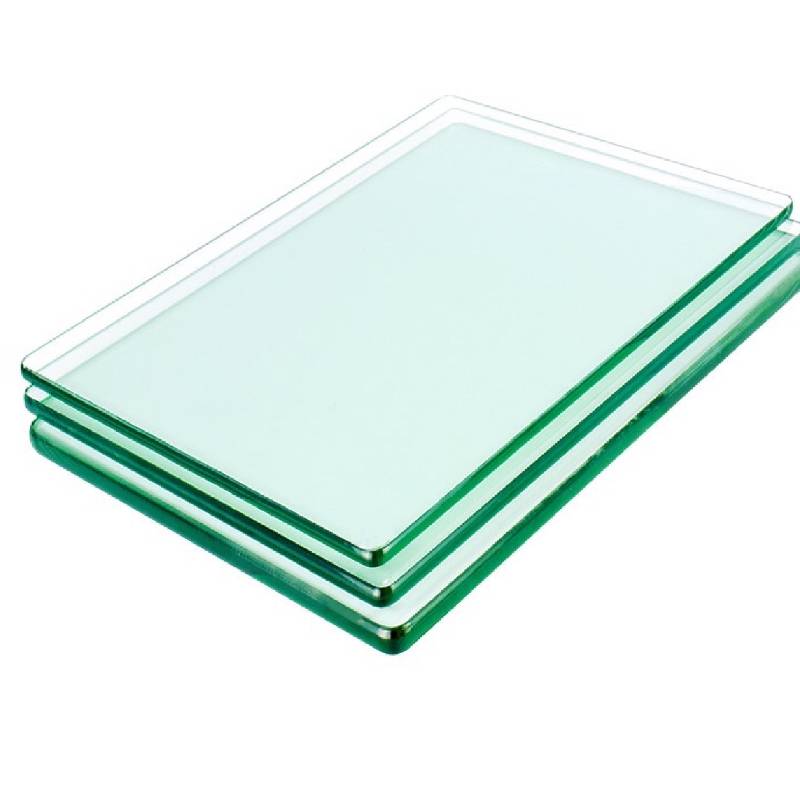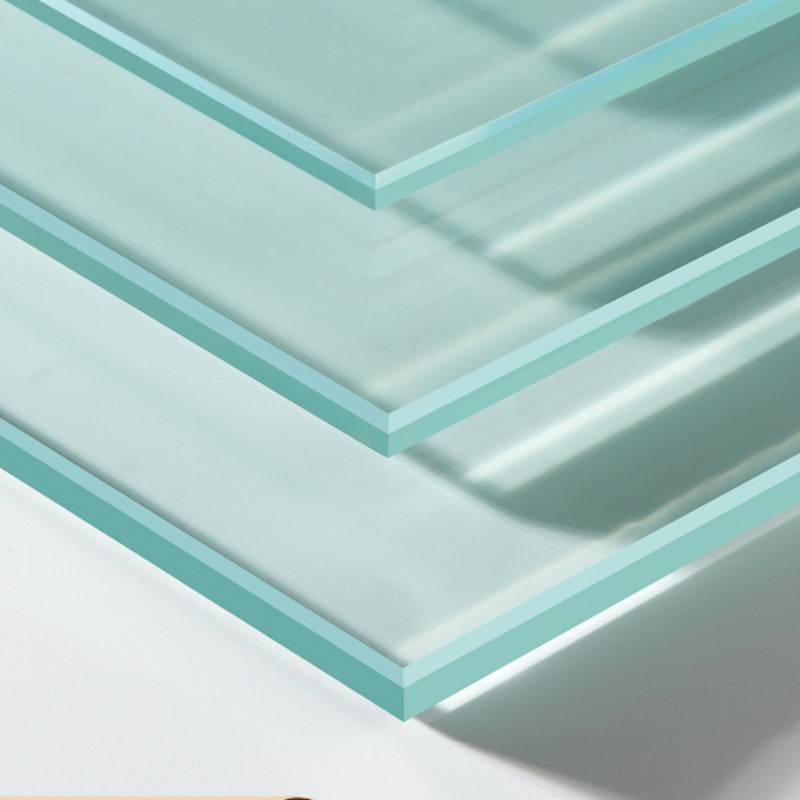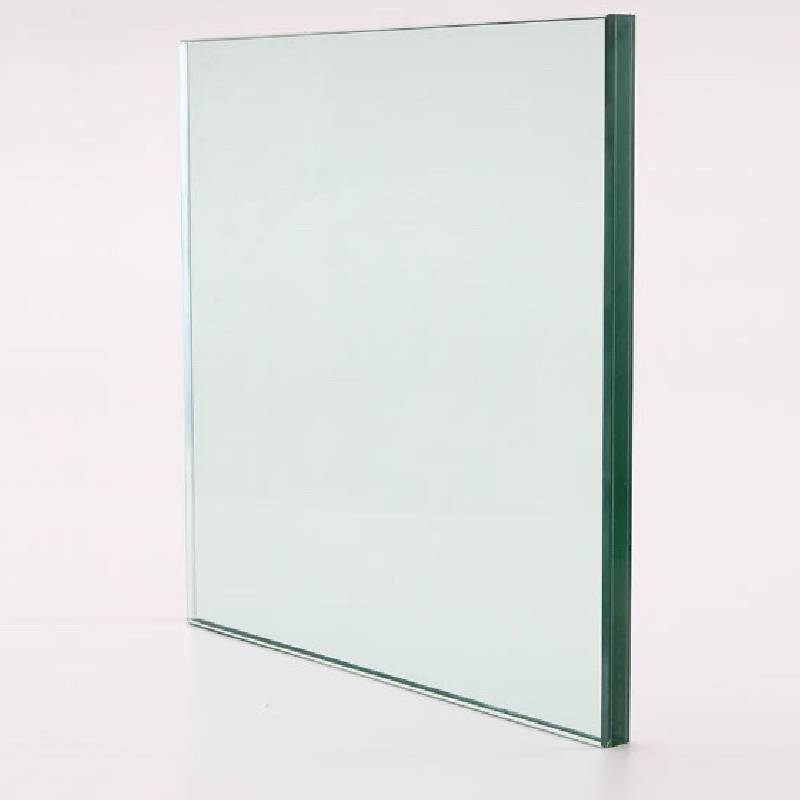The demand for **tempered glass** — also known as toughened glass — continues to rise across sectors including construction, automotive, electronics, and industrial applications. To make informed decisions about procurement and specification, it’s crucial for professionals to understand both the latest tempered glass price trends and the technical factors affecting cost, quality, and performance. This article provides an in-depth analysis, focusing on the top-grade Clear float flat tempered glass, complete with technical data, manufacturing process, comparative industry insights, and practical case studies.
↑ 14.8%
Global tempered glass market CAGR (2022-2029)
(Source: Mordor Intelligence)
$27.5 Bn
Market size in 2023
10mm
Top-selling specification for heavy-duty architectural use
1. Tempered Glass vs. Toughened Glass Price: 2024 Market Overview
Both “tempered glass” and “toughened glass” refer to the same thermal processing technology, producing glass that is up to 5 times stronger than standard annealed glass. With surging infrastructure projects and safety requirements, international tempered glass price indices show a consistently upward trend, notably for large custom sheets (custom tempered glass) and high-thickness options like 10mm toughened glass. China, India, and Southeast Asia lead production, with technology advances narrowing regional price gaps, but certifications, raw material costs, and energy prices still contribute to price differentials.
Tempered/Toughened Glass Price Comparison by Region & Specification (2024, USD/square meter)
| Product Type |
China |
Europe |
USA |
Middle East |
| 6mm Tempered Glass |
$7-11 |
$18-26 |
$22-30 |
$13-18 |
| 10mm Toughened Glass |
$13-20 |
$32-42 |
$35-50 |
$21-28 |
| Custom Tempered Glass |
+8% (spec. dependent) |
+15% (min. order) |
+18% (shape/silkprint) |
+10% (laminated) |
*Prices are FOB, source: World Glass Index, Q2 2024

Market trends are reflected in price differences by region and thickness.
2. Process Flow: Clear Float Flat Tempered Glass Manufacturing
The Clear float flat tempered glass manufacturing process integrates advanced float glass and tempering technology to ensure outstanding strength, transparency, and safety. Here is a stepwise technical overview for those evaluating **tempered glass price** and quality:
Raw Material Melting
Silica sand, soda ash, and lime are melted at 1550°C.
(Ensures clarity & purity of base glass)
Float Process
Molten glass floats on molten tin, forming a uniform flat sheet with precise thickness.
CNC Cutting/Shaping
Automated CNC machines cut to required size/shape with edge polishing for safety compliance (EN12150).
Thermal Tempering
Sheets rapidly heat to ~650°C, then air-quenched, producing compressive surface stress & 5x strength.
(ANSI Z97.1, ISO 12543 standards)
Quality Inspection
ISO/EN/SGS/FDA testing: Fragmentation, flatness, surface flaw, and optical clarity checks.
Process flow shown for Clear float flat tempered glass.
[See video]

Automated lines for float glass tempering ensure efficiency and consistency.
3. Product Parameters: Clear Float Flat Tempered Glass
When considering tempered glass price, it is essential to compare not only the cost but also the product’s physical and mechanical parameters. Below is an outline of technical properties and standards achieved by Clear float flat tempered glass:
| Parameter |
Clear Float Flat Tempered Glass |
Standard Annealed Glass |
Compliance/Standard |
| Available Thickness (mm) |
4 / 5 / 6 / 8 / 10 / 12 / 15 / 19 |
4–19 |
EN 572, ISO 12543 |
| Max Size (mm) |
3300 × 12000 |
2440 × 3660 |
Custom |
| Bending Strength |
≥120Mpa |
30–45Mpa |
BS 6206: Class A |
| Surface Flaw Count |
< 0.3/m² |
1.5/m² |
GB 15763.2-2005 |
| Light Transmittance (%) |
89% (6–10mm) |
85% |
ISO 9050 |
| Thermal Performance |
Temp. resistance: > 250°C |
130°C |
ANSI Z97.1 |
| Fragmentation Test |
Safe small particles (<40mm2) |
Large/Irregular shapes |
EN 12600: 1(C)2 |
| Warranty |
10 years |
5 years |
Manufacturer |
Data based on 2024 manufacturer test reports and ISO/ANSI/EN standards.

Clear float flat tempered glass outperforms in strength, size, and optical clarity.
4. Manufacturer Comparison: Major International Producers
| Brand / Country |
Product Type |
Main Certifications |
Typical Applications |
Toughened Glass Price (USD/m²) |
| Saint-Gobain (France) |
SGG SECURIT |
EN 12150, ISO 12543, ASTM C1048 |
Facade, Automotive, Interior |
$43-52 |
| NSG Pilkington (UK/Japan) |
Toughened Safety Glass |
BS 6206, ISO 9001 |
Railways, Aviation, Electronics |
$40-48 |
| Guardian Industries (USA) |
Guardian UltraClear® |
ANSI Z97.1, CPSC 16 CFR 1201 |
Storefront, Premium Display |
$48-56 |
| SHZR Glass (China) |
Clear Float Flat Tempered Glass |
ISO 9001, EN 12150, SGS, CE |
Architecture, Machine Enclosures |
$13-20 |
| AGC (Japan/Global) |
Laminated Toughened Glass |
JIS R3206, ISO 12543 |
Security, Soundproofing |
$45-58 |
5. Custom Tempered Glass Solutions — When and Why?
- Shape and Size: CNC cutting enables complex shapes for architectural features, machine windows, elevator walls, and more.
- Silkscreen Printing & Low-E Coatings: Custom branding, privacy areas, and energy efficiency.
- Extra-clear Glass: For ultra-transparent walls, aquariums, laboratories, and retail showcases.
- Double/Triple Tempering: For ballistic, blast-resistant, or thermal facade systems.
- UV, Anti-glare, Frosted Surfaces: For special visual or optical needs.

Custom tempered glass applied in an oil refinery's safety barriers.
6. Technical Advantages of Clear Float Flat Tempered Glass
- Outstanding Safety: Fragmentation creates safe small pieces to minimize injury risk (see EN 12600 test results).
- Superior Mechanical Strength: Withstand high wind loads, thermal shock and heavy impact (≥120MPa bending strength).
- Wide Range of Dimensions: Stat-of-the-art float lines support panels up to 3.3 x 12 meters.
- Chemical Resistance: Suitable for harsh petrochemical, laboratory, and coastal environments.
- Sustainability: Meets LEED credits & supports green building with high light transmittance and potential for recycling.
- Long Service Life: Verified for 20+ years under outdoor/industrial application via EN, ISO accelerated aging standards.
7. Typical Application Scenarios and Case Studies
- Petrochemical Plants: Control room enclosures, explosion-resistant barriers with custom tempered glass.
- Metallurgy Sector: High-temperature windows, process monitoring panels.
- Infrastructure & Waterworks: Transparent covers and partitions for safety and process visibility.
- High-rise Facades: 10mm toughened glass commonly specified for wind-load safety and post-breakage integrity.
- Public Transport: Bus stops, stations, railway windows demanding vandal resistance.
Case Example: South-East Asia Airport Terminal selected 10mm Clear float flat tempered glass for facade and internal partitions. Performance testing under ISO 16932 confirmed over 120MPa flexural strength and passed all ECE R43 impact tests, while price was 17% lower than European imports. Maintenance after 3 years showed no visible corrosion or optical degradation.
Customer Testimonial: “The combination of safety, energy efficiency, and competitive tempered glass price from SHZR Glass made the decision easy for our EPC team.” — Global Facilities Manager, Top 100 ENR Contractor
8. FAQ on Tempered Glass Material, Specification, Standards, and More
Q1. What is the base material of clear float flat tempered glass?
A1: It’s produced from high-grade silica sand, soda ash, and dolomite, melted and floated to ensure purity and flatness before tempering.
Q2. What sizes and thickness are available for industrial use?
A2: Standard thickness ranges: 4mm, 6mm, 8mm, 10mm toughened glass, 12mm, and up to 19mm. Max panel size: 3300mm × 12000mm, supports custom CNC shapes.
Q3. Which international standards does your tempered glass meet?
A3: Complies with EN 12150 (Europe), ANSI Z97.1 (US), ISO 12543 (global), and optional SGS/CE/SGCC marking.
Q4. How is quality of each sheet tested?
A4: Each sheet undergoes optical inspection, stress tests, UV transmittance and fragmentation testing in accordance with EN/ISO standards. All quality data are logged and traceable.
Q5. What kind of edge and corner finishing is provided?
A5: CNC-polished edges (flat, pencil, arris, C-edge), safety radius corners; custom holes/cut-outs as per installation standard and drawing.
Q6. What is the lead time for custom tempered glass orders?
A6: Typical delivery cycle is 6–12 days for standard specs, 14–21 days for custom or oversized panels (ex-works or FOB, with online order-tracking).
Q7. Does tempered glass have a warranty and after-sales support?
A7: Yes, all shipments have a 10-year structural warranty, 24/7 technical support, and real-time claims portal. Certificates available upon request.
9. Delivery, Warranty & Customer Service Commitments
- Delivery Terms: EXW/FOB/CFR/CIF available. On-site inspection and video verification for OEMs.
- Lead Time: Standard: 6–12 days. Large custom orders: 14–21 days.
- Warranty: 10 years against delamination, breakage (under installation spec). Certificate upon request.
- Support: 24/7 hotline, multi-language tech team, compliance documentation (ISO/SGS/CE).
10. References and Industry Sources
 Afrikaans
Afrikaans  Albanian
Albanian  Amharic
Amharic  Arabic
Arabic  Armenian
Armenian  Azerbaijani
Azerbaijani  Basque
Basque  Belarusian
Belarusian  Bengali
Bengali  Bosnian
Bosnian  Bulgarian
Bulgarian  Catalan
Catalan  Cebuano
Cebuano  Corsican
Corsican  Croatian
Croatian  Czech
Czech  Danish
Danish  Dutch
Dutch  English
English  Esperanto
Esperanto  Estonian
Estonian  Finnish
Finnish  French
French  Frisian
Frisian  Galician
Galician  Georgian
Georgian  German
German  Greek
Greek  Gujarati
Gujarati  Haitian Creole
Haitian Creole  hausa
hausa  hawaiian
hawaiian  Hebrew
Hebrew  Hindi
Hindi  Miao
Miao  Hungarian
Hungarian  Icelandic
Icelandic  igbo
igbo  Indonesian
Indonesian  irish
irish  Italian
Italian  Japanese
Japanese  Javanese
Javanese  Kannada
Kannada  kazakh
kazakh  Khmer
Khmer  Rwandese
Rwandese  Korean
Korean  Kurdish
Kurdish  Kyrgyz
Kyrgyz  Lao
Lao  Latin
Latin  Latvian
Latvian  Lithuanian
Lithuanian  Luxembourgish
Luxembourgish  Macedonian
Macedonian  Malgashi
Malgashi  Malay
Malay  Malayalam
Malayalam  Maltese
Maltese  Maori
Maori  Marathi
Marathi  Mongolian
Mongolian  Myanmar
Myanmar  Nepali
Nepali  Norwegian
Norwegian  Norwegian
Norwegian  Occitan
Occitan  Pashto
Pashto  Persian
Persian  Polish
Polish  Portuguese
Portuguese  Punjabi
Punjabi  Romanian
Romanian  Russian
Russian  Samoan
Samoan  Scottish Gaelic
Scottish Gaelic  Serbian
Serbian  Sesotho
Sesotho  Shona
Shona  Sindhi
Sindhi  Sinhala
Sinhala  Slovak
Slovak  Slovenian
Slovenian  Somali
Somali  Spanish
Spanish  Sundanese
Sundanese  Swahili
Swahili  Swedish
Swedish  Tagalog
Tagalog  Tajik
Tajik  Tamil
Tamil  Tatar
Tatar  Telugu
Telugu  Thai
Thai  Turkish
Turkish  Turkmen
Turkmen  Ukrainian
Ukrainian  Urdu
Urdu  Uighur
Uighur  Uzbek
Uzbek  Vietnamese
Vietnamese  Welsh
Welsh  Bantu
Bantu  Yiddish
Yiddish  Yoruba
Yoruba  Zulu
Zulu 




